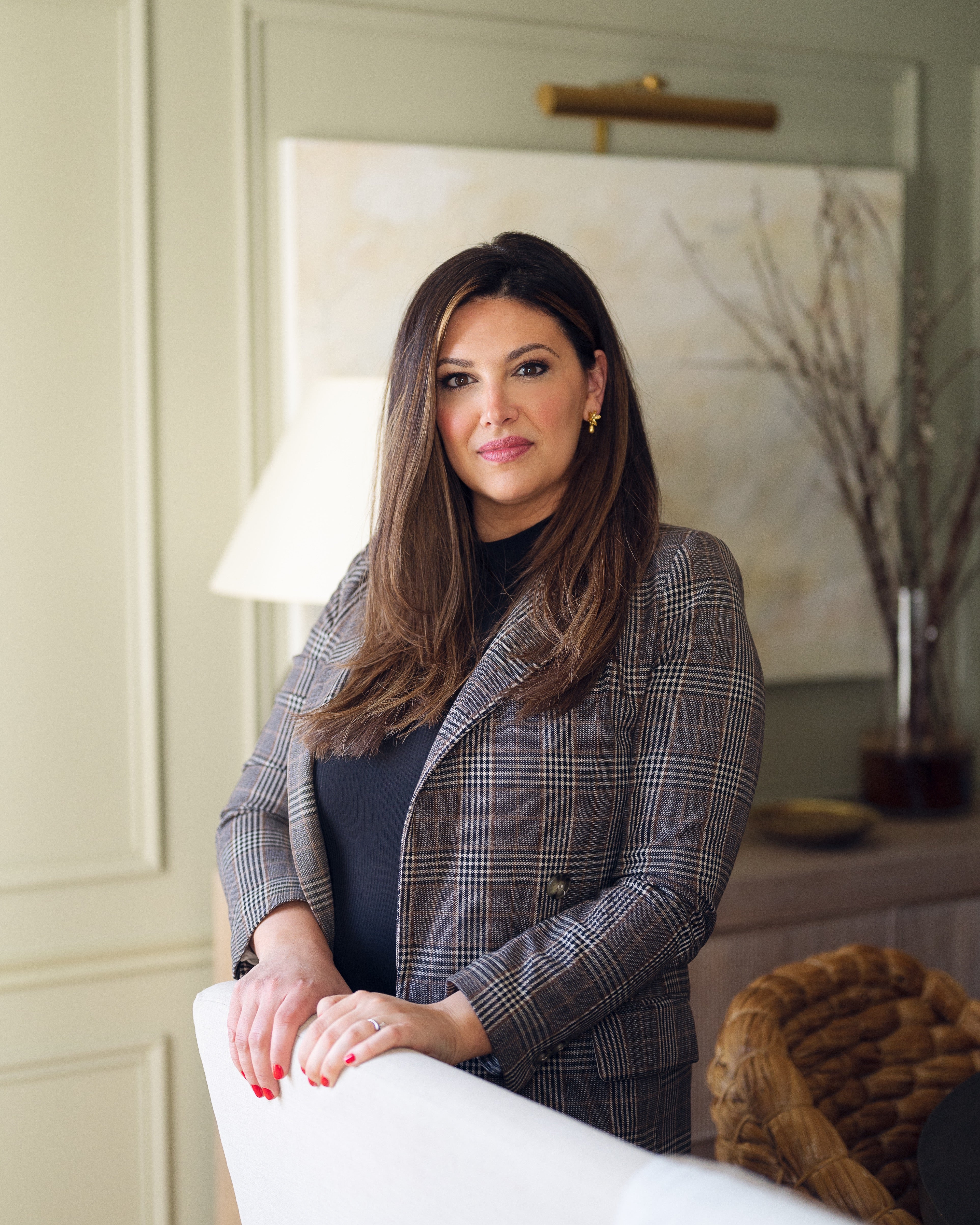The 50 States Project is a series of candid conversations with interior designers across the country about how they’ve built their businesses. This week, Indianapolis-based designer Whittney Parkinson tells us how she learned to create boundaries with clients, why she refuses to take on out-of-state jobs, and why she never shares her sources on Instagram.
Did you always know you wanted to be a designer?
My father is an architect and my mother was an interior decorator, so most of my childhood was spent on job sites or at show homes. It was one of those things where, because I was raised in it, I really wanted to get as far away from this field as possible. They both owned their own firms, so I had seen how behind the scenes—the invoicing, or how sometimes client interactions aren’t always great. It was such a deterrent for me in the beginning.
But you had an artistic inclination?
I am a drawer and a painter—that was my passion—and since I was young, I always wanted to go into illustration. I went to the Ringling College of Art and Design in Florida, which is where Disney and Pixar get a lot of their animators. But I needed a job when I got there, and I stumbled upon this art gallery and interior design studio. At the time, I was like, “I can’t believe I’m applying here, but I’m going to do it because it feels comfortable.” They specialized in modern furniture—Herman Miller, Knoll and all those midcentury lines—and I was so intrigued by it that I would just sit for hours when there weren’t clients or customers in and just read about it. That’s when it clicked: I really am passionate about interior design, I just didn’t want to admit it. I transferred to Chicago to attend the Harrington College of Design, and I studied interior architecture. When I graduated in 2009, the economy was in the tank, so I came home and interned at my dad’s firm.
You had a window into the workings of a firm when you were growing up, but did the realities still surprise you?
Yes. Before, I wasn’t involved and it wasn’t my responsibility. Now I was involved with the clients, and if there was an issue, it was because of me. That was pretty eye-opening, but in a really good way.
My dad is incredibly communicative with his clients and I learned so much from watching how he listens. He also told me to take psychology classes in college, and I thought that was the stupidest thing—but I’m so glad I did, because there’s so much psychology when you’re dealing with clients and families and money.
What inspired you to start your own firm instead of staying at the family business?
It was 2016, I was newly married and pregnant. I was thinking about how much of my time I really wanted to devote to this career, versus to my family and this baby, and I realized that that’s where my priority was. I wanted to create something so that I could still design—that’s my passion and that’s what makes me tick, so I didn’t want to close that chapter, but I also wanted to have the freedom to do what I wanted to do, and going out on my own felt like the only avenue to do that. To be able to make my own calls, take projects I wanted to take and not have to worry about somebody else telling me what to do or how much time to spend with my baby—that’s what I was after.
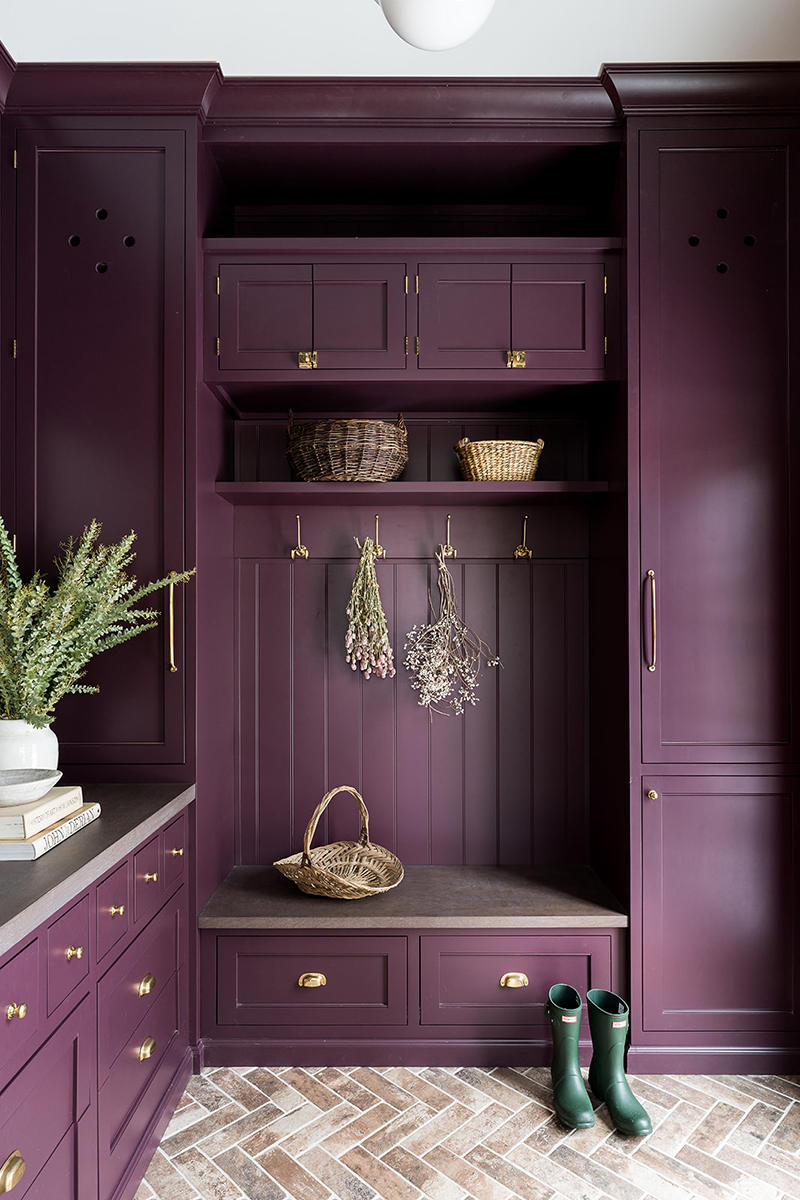
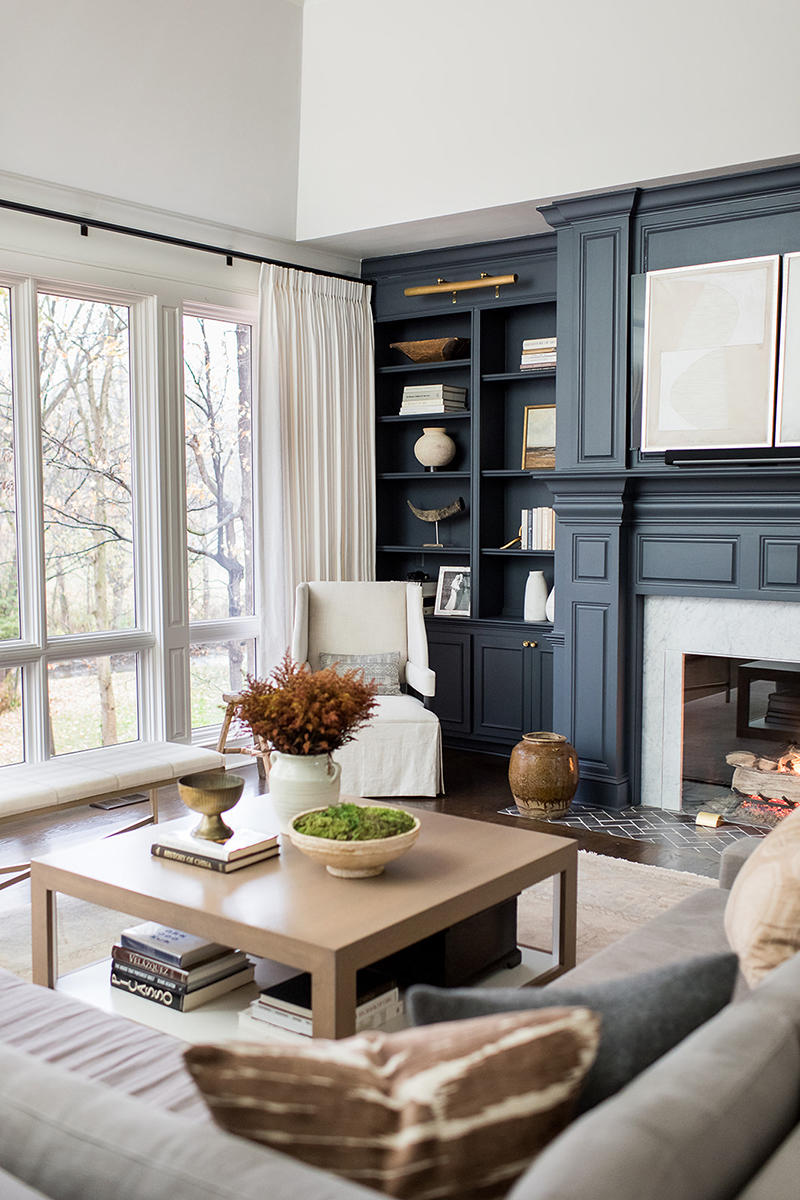
How much of a shift was it to go out on your own?
It wasn’t that much of a shift, actually. It was a smaller firm, so two to three employees at the max, not this massive staff where you’re sending assistant after assistant out to job sites to check something. We wanted to be the people that the clients are with from point A to Z, and that’s something that I’ve carried over into my firm: to work very intimately with my clients.
What did that look like in the beginning?
The biggest learning curve in the beginning was that I didn’t know where the boundaries of people-pleasing were. I wanted to prove to myself that, yes, I can do this on my own, and I can make this successful. But I did it to the detriment of myself. My clients could access me at any time of day—anywhere I was, I was available to them. And even though that created a really great foundation for me, I was hurting myself because I just didn’t have boundaries in place. Honestly, I think that happens for a lot of entrepreneurs, whether you’re in design or anything else. You’re creating something from nothing, and it takes a toll.
How did you identify that and put a stop to it?
I got to a point where I was like, “I need to vet my clientele better from the beginning”—identifying the good and the bad to find the people I really want to work with and who will respect those boundaries. A lot of that is about having a better process in place when people reach out and making it a little more exclusive. But it took me time to build a good enough portfolio to be able to do that—you can’t do that from the get-go, because you need to take everything and anything when you start. For me, it didn’t happen until I was financially at a place where I could decide who I was going to take and not take.
So it was less about changing the way you worked and more about changing who you worked with then?
Exactly. I do sessions on The Expert—a lot of them are with design clients, but I also take calls with young designers who are trying to figure this out, and that is the number-one thing they bring up. People think they’re being mean—or at least that they’re not being very kind—by setting boundaries, but I’m like, “That’s not unkind time because you are protecting yourself.” Creatives need time away—it can’t work when you’re constantly bombarded.
The other thing is that when I started doing that, I could instantly see a shift in the respect my clients had for me. I wasn’t this young kid anymore—now, it was like, “Oh, OK, she’s serious.” I didn’t expect that to happen, either, because most of my clients are twice my age.
Is that something that you could apply retroactively to clients you had had before, or is it something you started with just new clients that you were bringing in?
This just happened two weeks ago. I have a client I worked with in the very beginning, and I told them, “We’ve got a new team, a new dream and new rules here.” It just is what it is. I didn’t have two kids when we started, and I wasn’t very busy then. But now, it’s like, “This is how it’s got to be.” And she was fine with it. It’s been great, but it has to happen in those initial meetings—day one—and then you’ve got to stick with it.
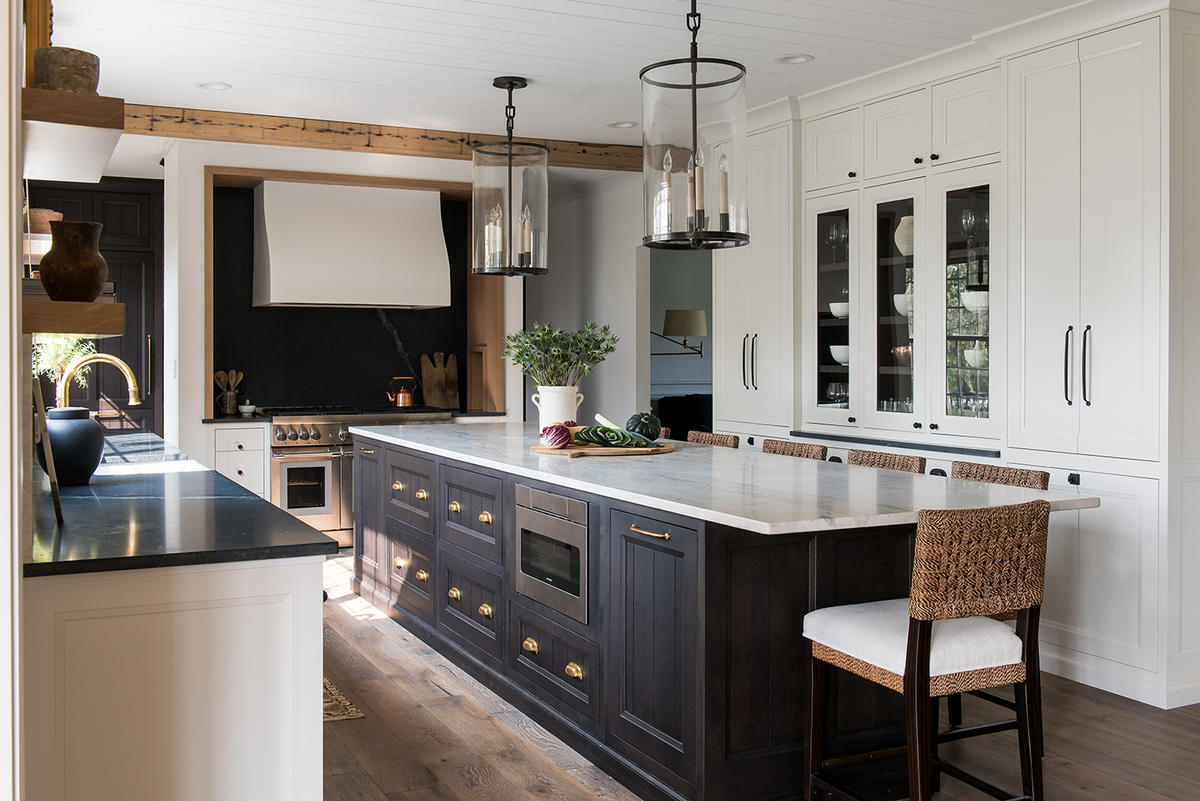
What does your firm look like today?
I’m kind of an odd duck in that I do like to keep things small. It’s never been my goal to grow this into a massive company. I don’t enjoy creating when I’m stressed like that, and my thing is, if I don’t enjoy it, why am I doing this? What’s the point? So I recently brought on one employee, a design assistant, who pulls interior design resources for me and has really helped my workload. But I really must say, I don’t think I would ever want to go beyond two employees.
Because my background is interior architecture, my scope of work is more broad, I would say, than the typical designer. Most people don’t need to hire an architect when they work with me—if it’s really structurally intense, we will bring on an engineer to sign off, but for the most part, I draw all my own plans in-house. So I’m with you from the start to the very last accessory, and it’s a very one-on-one process.
How many projects do you have going at one time, then?
Right now I’m at six, which can be crazy—especially because they’re large projects. One of them is a 15,000-square-foot house, which can feel like three projects in one project.
What kind of projects are you gravitating towards?
The big one is a new build, ground-up construction. I was involved from the conception of the architecture and we’ll be there all the way to the end. But everything else right now is a renovation. It’s weird how what people are doing ebbs and flows as the years go, but right now I’d say the renovation world has really increased because of COVID. Typically, I would have two to three new builds and then the rest renovations, but right now everything else is full-gut renovations, which is the only scope I take. It has to be a full house as opposed to a room or two.
Does that reflect what you see happening in the housing market in Indianapolis in general?
We’ve had a huge influx of people moving from the east and west coasts. Some of that is because of COVID, but I think something else has happened that nobody really discusses: in the age of Instagram, you are able to watch someone else’s stories, see where they live and discover places you wouldn’t have known about had it not been for Instagram. I think people were watching during the pandemic and realizing, “I thought Indiana was just flat and boring, but according to these Instagram stories and where these people live, it’s really cute. It’s got great schools, there are farmer’s markets and fun events all the time, the weather’s great—and they paid a quarter of the price in California.” The housing market is insane. I think it’s insane everywhere, but the people coming from out of state are what I’ve really noticed.
How are those clients finding you?
Honestly, 95 percent is Instagram.
Was it always that way or was there a moment when that switched over?
It was back in 2017, after I had photographed the first really large project I had done by myself. It was a 10,000-square-foot house, and I was able to do it from the architectural phase all the way in, so I had full control over the interior and exterior. Once that was photographed and put out into the world, that’s when my Instagram following started jumping quickly—and when you’ve shot 10,000 square feet, you have plenty of content for a while.
What’s your social media strategy today?
Honestly, the strategy is no strategy. I know that sounds crazy, but so many people overthink it. I decided that I’m just going to be genuine—I don’t have to play a role or be a certain person. I think that the more you overthink it, the more you chip away at who you are. I’ve always been like, “You’re going to get my family, my bizarre dog, my design—you’re going to get everything that’s behind the scenes, because in reality, it all inspires me.” It’s just been a very organic approach, and it’s amazing that the people who message me are invested not only in the design, but also in our family. Every time we go somewhere, I know people because of Instagram and we meet up and go to lunch—it’s become this bizarre little world!
How much time does interacting with the folks who follow you take, and how do you carve out time for that?
It’s so time consuming, and it’s an ever-evolving thing. I try to be more cognizant of when I do it, but it’s almost like a twitch—sometimes you just do it and you don’t even know you’re doing it. I did turn off my notifications, just so my phone wasn’t constantly buzzing. Now I can just check in throughout the day.
My one rule with Instagram has been to never give sources. To me, that’s how I protect my clients. The majority of the questions I get are, “Where are those chairs from?” or “What paint color is that?” It’s not something I engage in and I’m very honest and open about that. I think if I did, then it would consume a lot more of my time.
What about The Expert? What made you want to do it, and what has that added to your firm?
I love The Expert, but I totally thought I would hate it. [The Expert co-founder] Jake Arnold was so pushy with me about trying it in the beginning, before they launched, and I was like, “Oh, leave me alone.” But I finally said yes—and what’s great about it is that it’s one interaction, and then you don’t ever see the people again. They can’t contact you for more questions, it’s just a one and done, like a game show. It’s design on speed, that’s the really challenging thing. But I love the challenge: Every time I log on for a session, I don’t know where they’re going to be at or what their situation is going to be, but we’ve got an hour to figure it out. It’s so thrilling to do that.
I usually take two calls per week, typically on Sundays when my husband’s going to be here. Plus, people are usually more lax on the weekends, and they’ve got more time. But two per week is usually my limit. I’ve met people in Ireland, Australia and all over the country, and seeing how people live is just so intriguing to me. I don’t take on work on a national scale, but this has allowed me to dabble a bit outside of Indy. It checks that box for me without leaving home—I’m able to do it in my pajamas with my kids in the other room. It’s also great money. I would be lying if I didn’t say that it’s been great extra income for us.
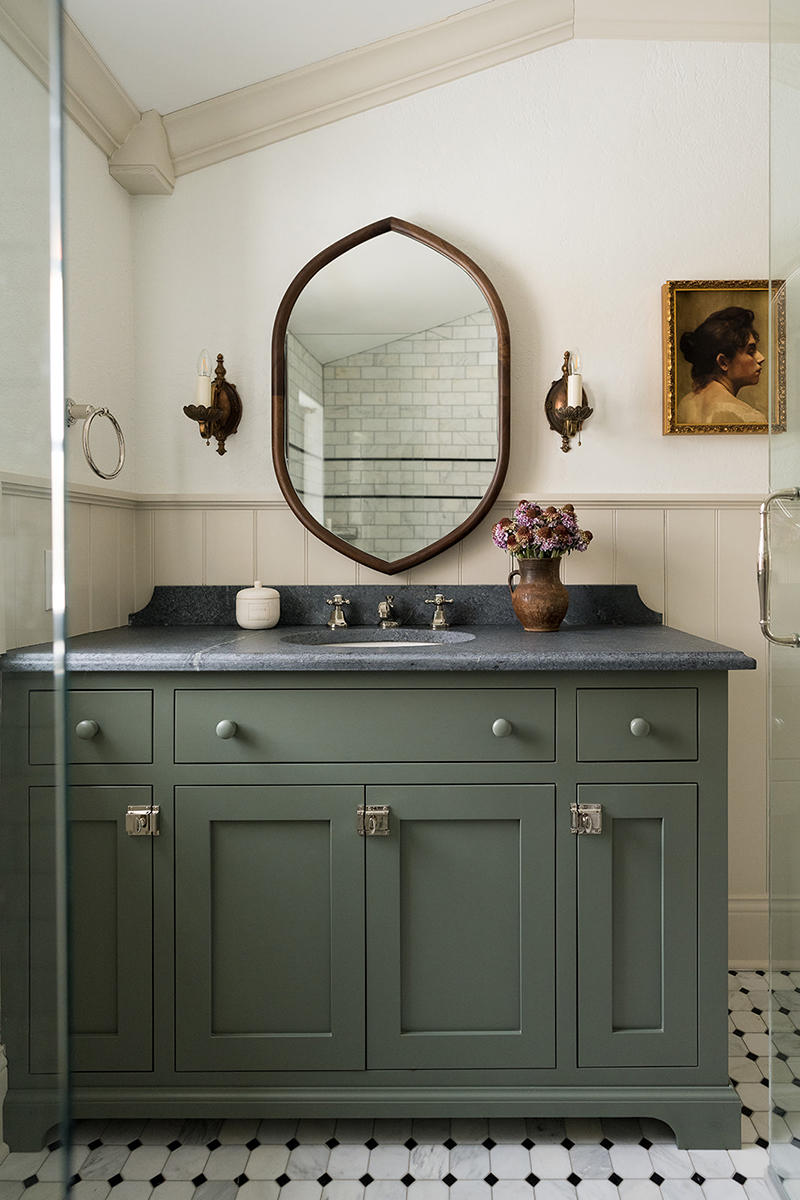
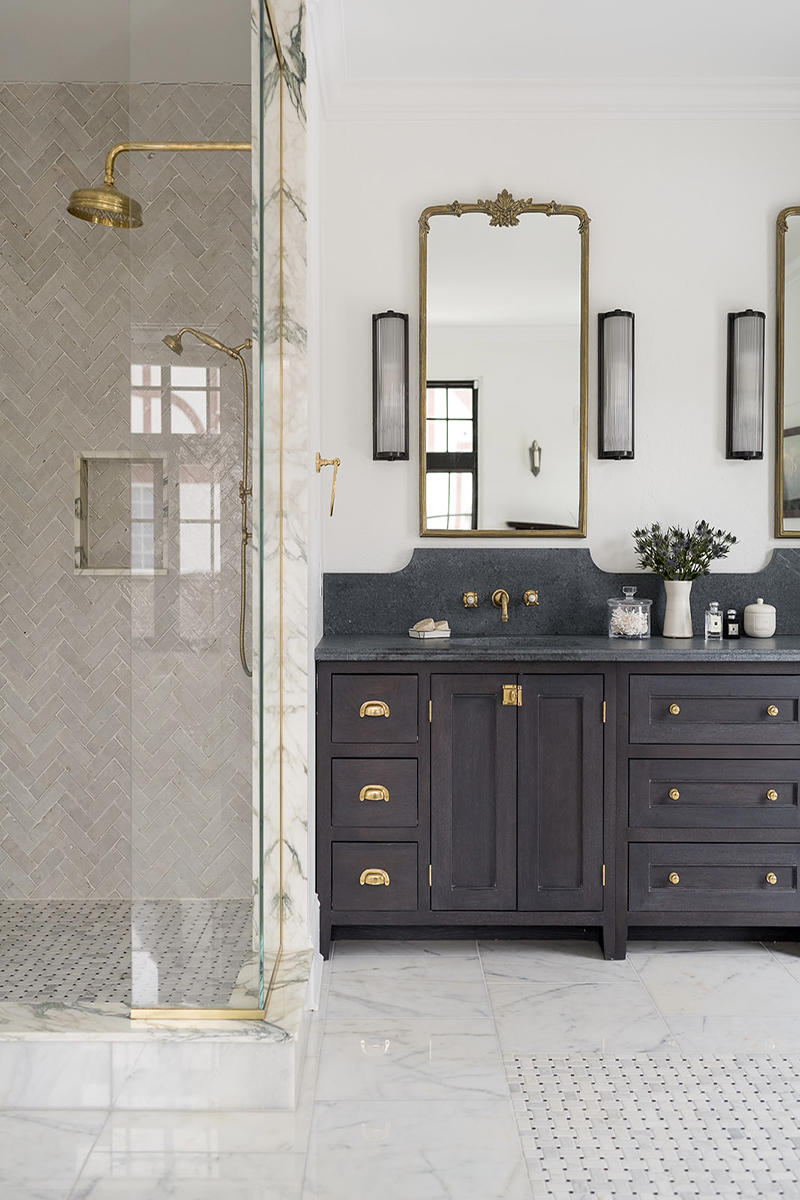
You just said that you don’t take work outside of Indy. How did you decide to limit your geographical range—and when a new client inquiry comes in, what are you prioritizing?
It’s a couple variables. First and foremost is budget: New builds have to have a certain budget minimum, and renovations have to have a certain budget minimum and scope of work—it has to be a full-house gut as opposed to a one- or two-room situation. And then I only take on jobs that are within 60 miles of me. That goes back to what I said about our market here locally—I turn down at least two projects a day, and most of them are coming from Indy or the surrounding suburbs. I’m booked out until the end of this year already.
If all of the boxes are checked—budget, location, timeline—then I like to do a phone call or grab coffee casually. That’s when the psychology part comes in. I want to see how they are, what motivates them, how they interact as a family. Have they had a designer before? If they have, why did they fire them? All of those things. It can seem very rigid, but all it has done is create a good work environment for myself and my mental health. I’m still that same people-pleaser, and I know that about myself, so I need to find people who will respect my boundaries, be enjoyable to work with and trust me creatively. If I get that right, I don’t feel like I have a job.
And then if an inquiry does come from out of state, I usually try to get them to sign up for The Expert, because that is a really great way to work with a designer that you really love if you’re out of state.
You’re seeing these jobs from start to finish in such a big way. Do you also get involved with the construction management?
I do not. We did that at my dad’s firm and that part of it stressed me out. I realized that I don’t have the energy or bandwidth to do that. It’s one of those things where the money is there if that’s your personality—it does provide great financial opportunity, but I just do not offer that service. Instead, I lean on my contractors, and am quick to recommend contractors if clients don’t already have one in mind—or to discourage them if they want to hire a friend to manage the project.
Do people really want to do that?
It’s pretty common. If it’s not the contractor, it’s a sub. It’s, “Hey, I know somebody who’s a really good painter.” But it gets so complicated. The clients who haven’t listened have in the end always said that they wish they had.
How much do you get involved as you see the build coming together?
I am pretty psychotic in the beginning about wanting to be part of every meeting. I know there’s this misconception sometimes that contractors and designers hate each other, but I’ve found that contractors really just want to be communicated to—they want to feel seen, and they want to know that you’re going to be involved, but in a supportive way. I watched that as a child, that caressing of egos. My dad was really good at that, so I learned early on how to make them feel that it’s a team effort and that I wasn’t superior in these decisions. Approaching it that way has allowed me to build great contractor relationships here.
I drop in on the job site one or two times a week, and there’s a lot of communication—a lot of FaceTime, videos, pictures, and “Hey, is this right?” texts. Or, “Do you want us to shift this here?” That happens constantly—it’s just constant communication, which is key for anybody and everybody on a project. As long as we’re all on the same page, the project will be successful.
And being there in-person is part of that for you?
That’s why I like a 60-minute radius—because I can drop in. I did one out-of-state project, and it was so hard for me not to be there. I hated it! Maybe that’s the control freak in me, I don’t know. Maybe other people handle that better than I can, but I just cannot. There are so many unforeseen things that happen on site, too, where you have to pivot—especially in renovations—and I’m sorry, but I just don’t think that you can do that unless you’re there in person. I mean, if I were paying someone that much money, I would want them to be there.
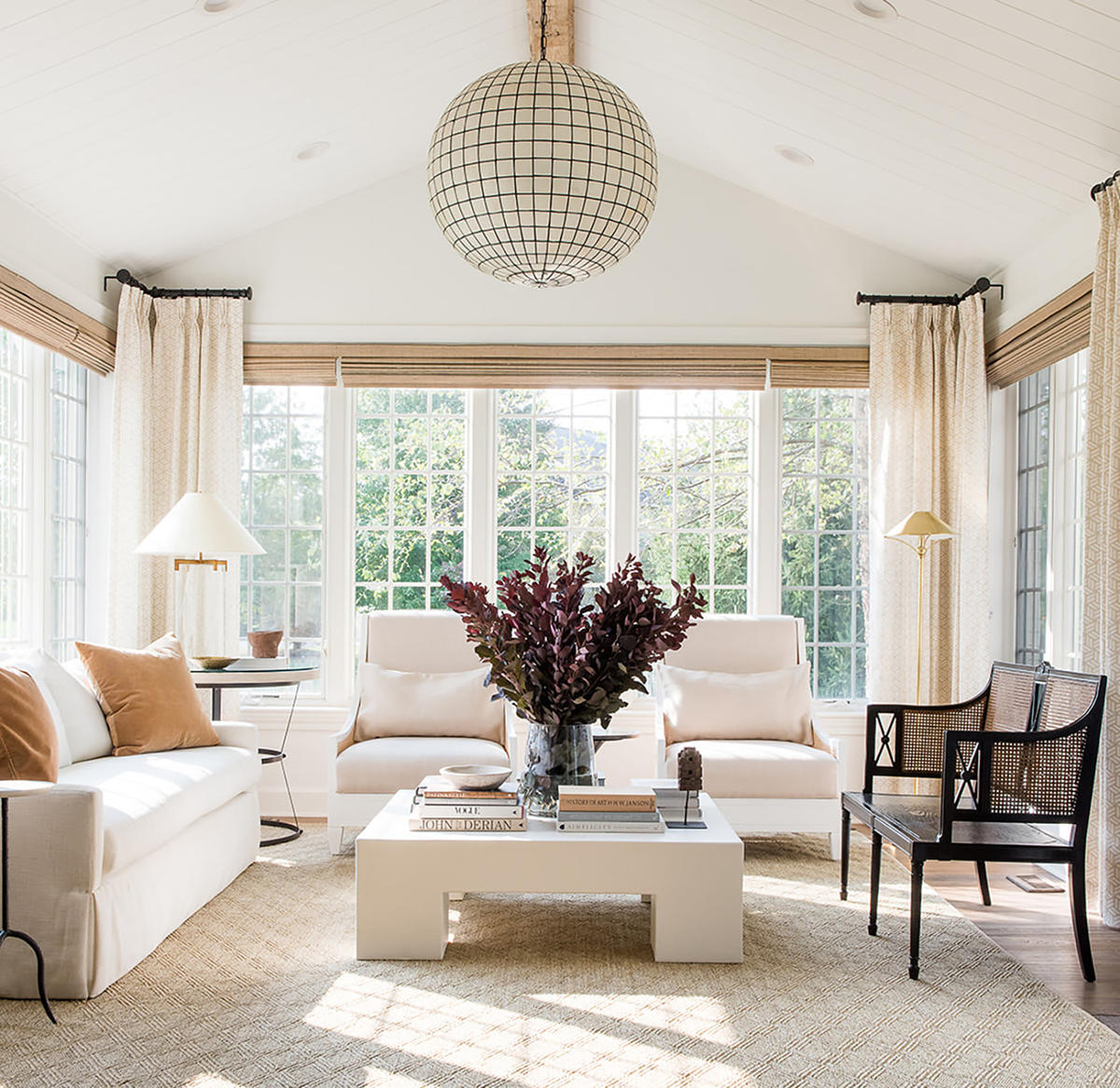
Are you specifying the building materials, too, or how do you divide that up with a contractor in terms of purchasing?
I do like to specify everything, down into the casing of the doors and the doorknobs. And honestly, contractors prefer that—it’s more of an issue if there’s an architect involved, but that doesn’t happen often. I’ve found that contractors actually prefer it because it takes the work off of them. As long as it’s organized in the plans and everything’s called out and specified on the finish plans and the internal elevations, they don’t seem to care about the selections. It keeps everything under my control and I can ensure it’s cohesive that way, and then they purchase it.
The only thing I pull out in regards to purchasing is lighting. We do a lot of custom and I don’t trust other people to get all that stuff right, so I like to pull that myself and put a markup on it. And then sometimes—maybe 70 percent of the time—I pull out cabinetry as well, because I’ve been working with an Amish cabinetmaker for the last decade. He’s my best-kept secret weapon because he’s so good and really affordable, so I have a good markup. Plus, by cutting out a middleman and speaking directly to the cabinetmaker, it makes for such a better end product.
Where are you typically shopping?
I go to The Mart in Chicago once or twice quarterly to pull things in person. And then locally, we have a tiny mart in Carmel called the Indiana Design Center, and I’ll use vendors there.
There’s one vendor there who is my angel—he’s basically my second employee, because he carries almost everybody we see at High Point Market, and then he sells to me at a price where I can make a markup. But then what’s nice is that he puts in the order, tracks it, takes care of all the correspondence, and if something’s broken, he takes care of it. He ships everything to a local warehouse and checks on things, too—and I can still make a markup! I just don’t think you understand how much time it takes to place these orders and track them and the correspondence and all that stuff. Working with him takes all of that off of my plate, which would otherwise be so time consuming. I’m ordering almost all of my furniture, case goods and lighting through him—everything but textiles and wallpaper, basically. It’s been so amazing.
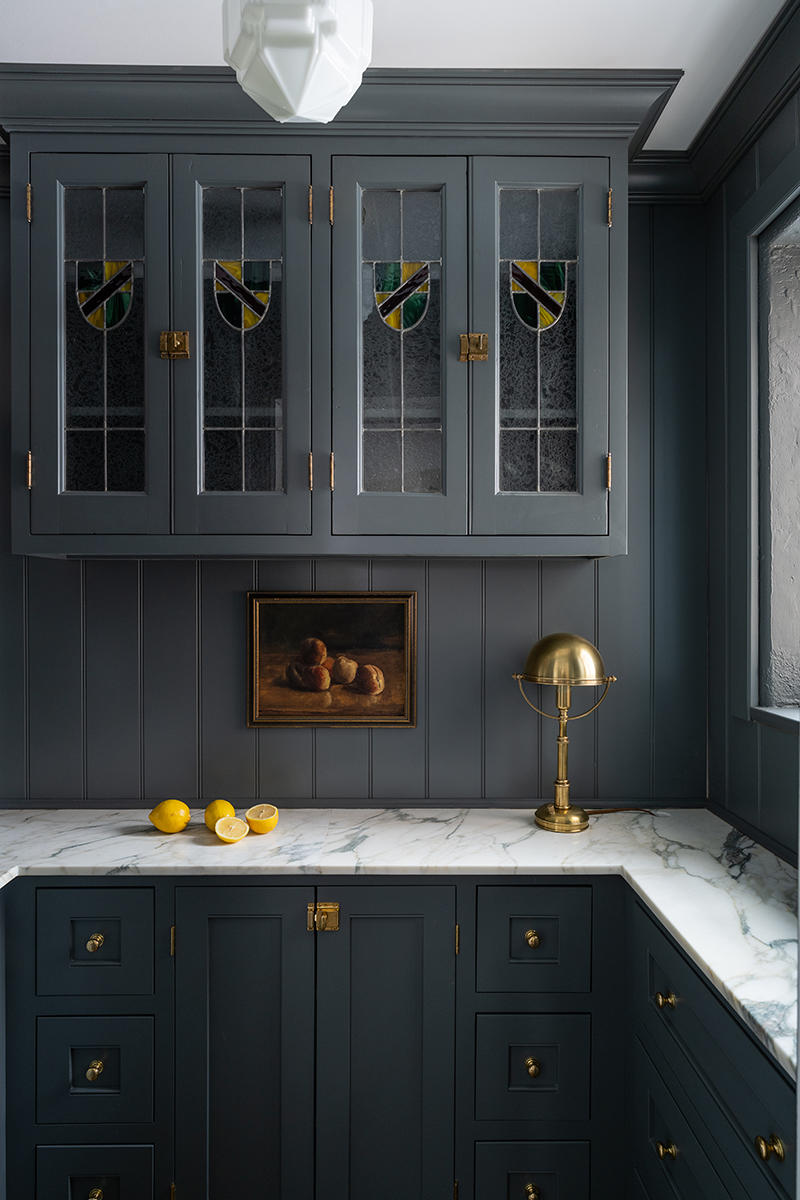
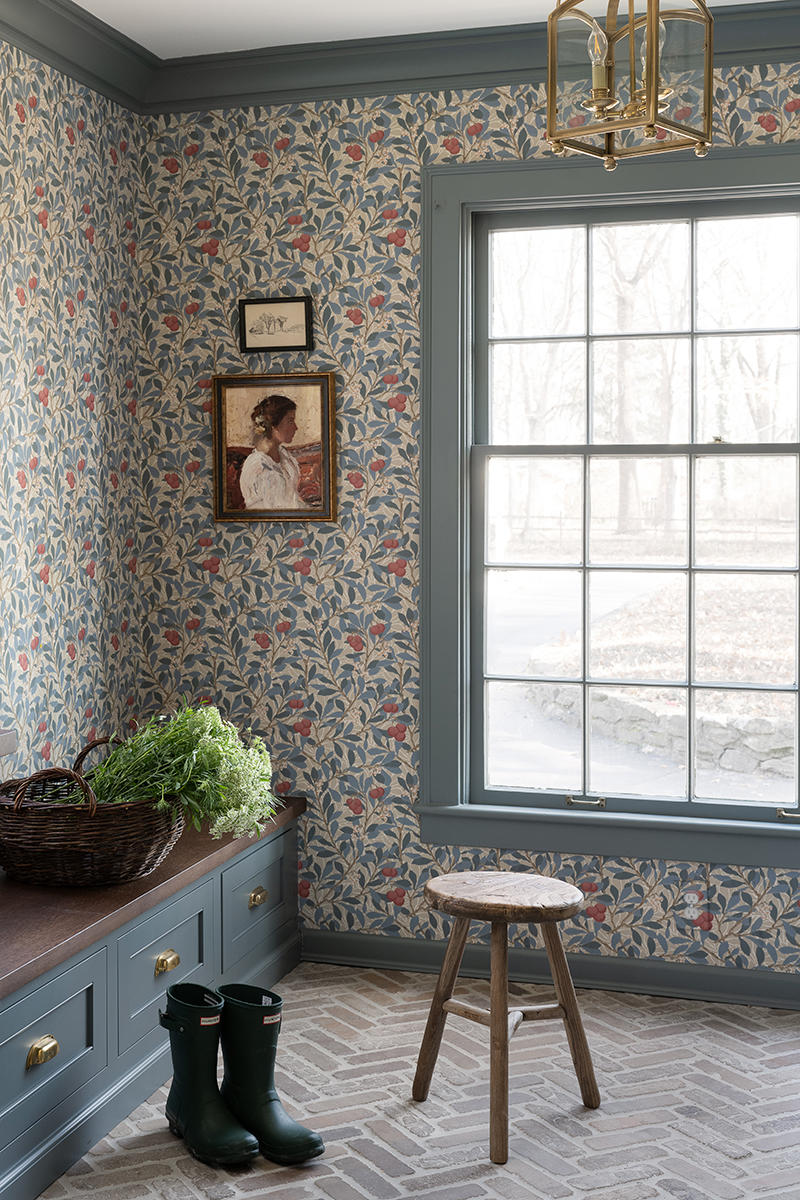
How have you approached billing for your work?
The amount has changed, but the process hasn’t. I’m hourly, and I’ve always been hourly. We did the square-foot percentage on commercial projects with my dad, and I just saw how much somebody gets screwed in the end. The scope will either come under or over, and it’s generally over, or the budget goes over. Somebody’s always going to get in trouble, and there’s always going to be hard feelings when one has to go back to the other and say, “Hey, we’ve got to increase this.” Whereas if you’re hourly, it’s just cut and dry: “This is what I am. This is where we’re at.”
How do you keep track of your hours?
I calculate my hours in my Notes app, and then I bill on the first of every month. I like to write in some detail what I did in those hours. I’ve found that it helps when invoicing, because no one can really object when they see that breakdown. There’s no questioning. And having done this for so long, I can ballpark how many hours I think we’re going to be at just from experience, and I think that helps too. But again, I’m at a point in my career where everybody has really healthy budgets, so even if we do go over, it’s not a big deal anymore. It’s so nice to get to that point where clients aren’t picking every hour apart.
What would one description for a chunk of hours look like?
Let me just pull up an invoice. OK, here’s one: “Stone yard visit, one hour. Emails and correspondence with trim carpenter, and pricing breakdown, 1.5 hours.” It’s just the date and what I did in the hours, all on one line. It doesn’t matter what I’m doing, if it’s for your project, I’m billing for it. So, if that’s me sitting on my cellphone pulling sources, I’m billing for it. If that’s me driving across town to the stone yard, I’m billing for it. So, that’s very cut and dry in the beginning. It just is what it is. I have a lot of design friends who haven’t done that, and they always say that they hate sending invoices because clients complain. But I’m like, “Well, it’s probably because they don’t know what you’re doing.”
Do you charge the same hourly rate for your design assistant?
She tracks her hours and I pay her every Friday, and then I fold that time into the invoice. I don’t break it down like, “Assistant did this” or “Whittney did that.” It’s just, “This is what we did.” All of my design friends tell me it was a nightmare when they billed for their assistant, and that people get really upset about that, so I don’t. It’s just not worth it to me. But also, going into this, the design assistant I hired wanted to be behind the scenes. She’s incredibly talented but she’s just like, “I don’t want to be in meetings, I’m a behind-the-scenes sourcer.” And that’s what she does.
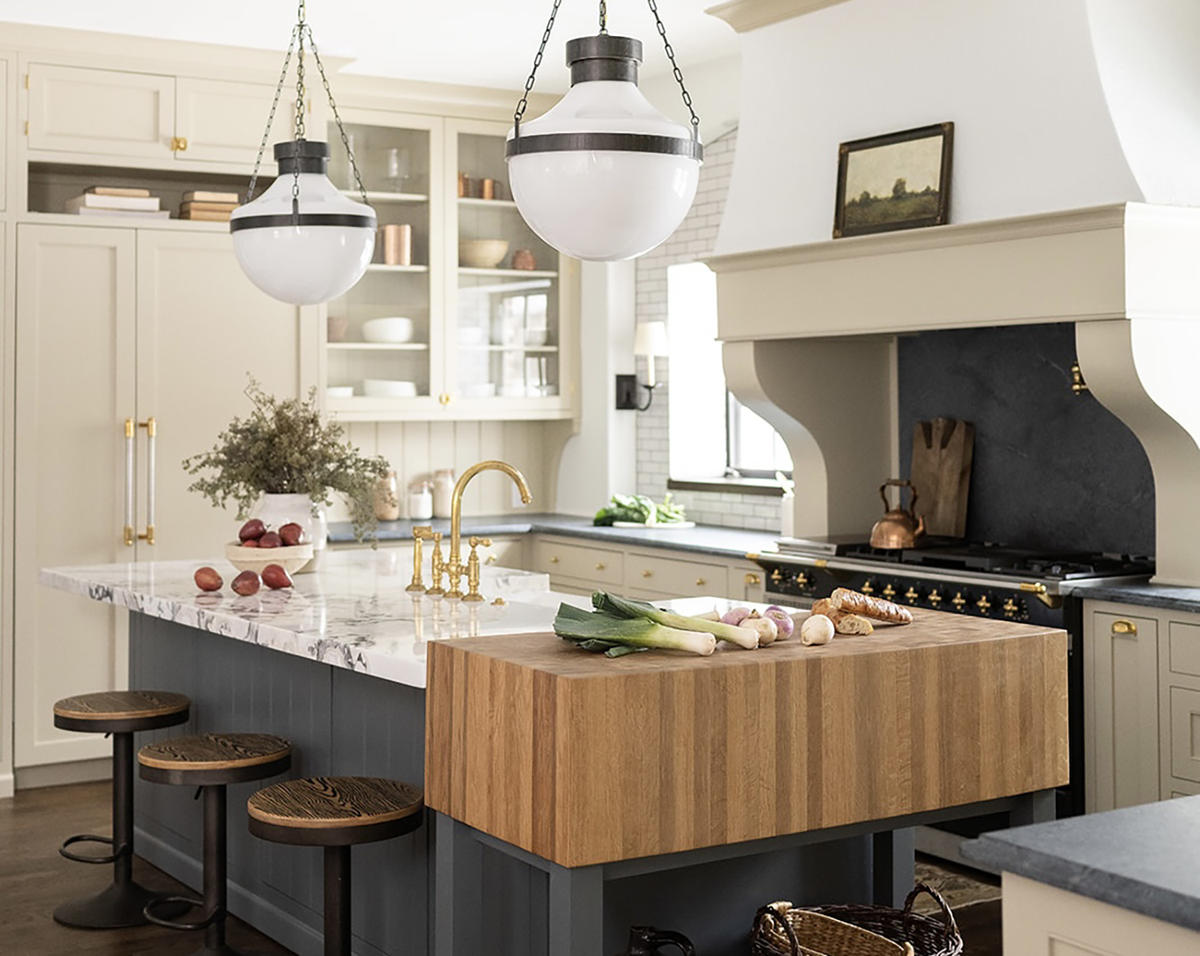
What does growth look like for you? And when you look ahead, where do you see opportunities for your firm?
That’s a really good question, and one that I’ve been going back and forth on so much lately. It used to be all about where I wanted to be published. Now I’m doing the House Beautiful Whole Home showhouse in the fall, which is great. So now that I’m like, “OK, I got that. Now what do I want to do?” And honestly, it’s more about maintaining what I have, because I’m so happy. I want to keep working with quality clients who have quality budgets on projects that I really love and enjoy. And I mean, I don’t really know what else there is. So now it’s more about being content with where I’m at and doing it to enjoy it.
Contentment is a beautiful thing to seek out and maintain!
I don’t want to scale the firm into something bigger, and I don’t really have any interest in working out of state. The one time I talked about this on Instagram, I have never had so many replies in my inbox. There’s so much pressure to be the “girl boss” and grow these massive firms, but at what expense? Your mental health? Never seeing your children? My biggest fear in life is getting to be 85 years old, looking back and being like, “Why did I do it? Why did I not spend time with my children? For a big project for an extra $30,000?” So I just try to be very open and honest about the fact that it’s OK to be content. We just need to be more content in general in our society. I have a really good work life balance now, too. I only work two full days a week: Monday and Thursdays.
What, what? How do you make that work?
I just spend all day working those days. And then the other days, I’ll send emails or catch up on stuff when the kids are napping or at school. Or I’ll take them with me to job sites, just like I went with my parents as a kid. I just swing in with a baby on my hip and a five year old, and everybody knows that’s how it’s going to be. I’m very open about that in the beginning: You will see my children, and that’s just part of the deal.
What is the productivity secret? I feel like so many people I talk to are drowning in emails and just the busy work of running a design business.
It’s being really efficient in your time. I know exactly what I’m doing from nine to five on Mondays and Thursdays, and I act efficiently on it, and then it’s about just staying afloat the rest of those days. I’m still making sure emails are answered and taking the calls that are only going to take a few minutes—it’s not that big of a deal, and it means that when I sit down on Thursday, there are not 5 million emails to catch up on because I’ve already taken care of it. So Monday and Thursday are my true design-work days or site-visit days. It’s the nitty-gritty stuff, and everything else throughout the week is correspondence.
I think a lot of it is being small, too. Because when you’re a large firm, it’s, you also have to spend time with your staff—either telling them what to do or answering their questions. That takes a lot of time. When you don’t have to help anybody or explain it, you just do it. So, I think there’s something to be said about the efficiency and detail or work that can be done being small.
What is the biggest thing you know now that you wish you had known when you started your firm?
This may sound cliché, but just be yourself. That will get you further than anything. At the beginning, I struggled with people-pleasing and trying to make myself somebody I was not—even on social media. It wasn’t until I realized, “I’m weird and quirky, and I’m Italian, so I’m a little abrasive, but those qualities are also what make me a great designer.” I was trying to morph myself into looking like everybody else, but eventually I was like, “No, my biggest competitor should be me and me only.” I should only be trying to be better on the next project than I was on the last. Once I started putting on horse blinders, and was focused on being authentically me in every facet of my job, it took so much pressure off of everything. Meetings went easily, and every interaction was better. I wish I would have figured that out sooner than later. Clients will love you for you—and I just feel like I have such a more intimate relationship with my clients now because I can just be myself.
To learn more about Whittney Parkinson, visit her website or find her on Instagram.
















